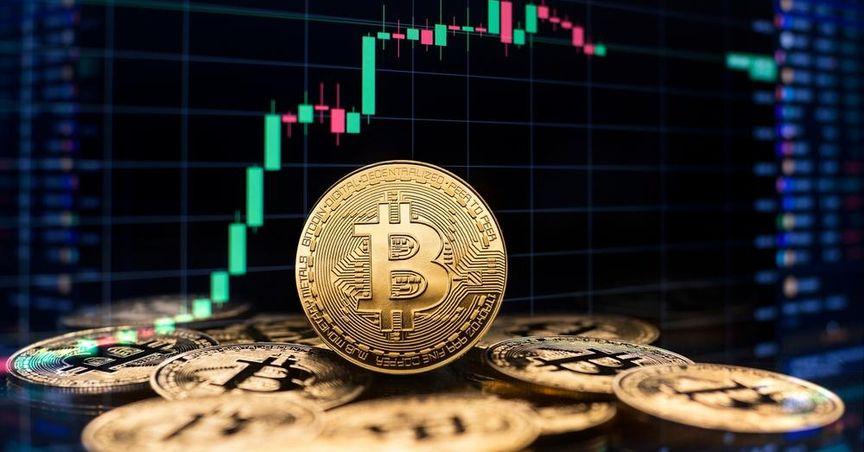Former President Donald Trump and his family have intensified their involvement in the cryptocurrency and digital asset space, leveraging these ventures to appeal to a growing base of cryptocurrency enthusiasts ahead of the 2024 U.S. presidential election.
Despite previously expressing skepticism about cryptocurrencies during his presidency, Trump has repositioned himself as a pro {crypto} figure in his current campaign. His recent initiatives include the launch of a decentralized finance (DeFi) platform called World Liberty Financial (WLFI), which was introduced by Eric Trump on August 29. While details about WLFI remain limited, the project aims to address perceived issues with traditional banking systems. However, the platform’s lack of a clear roadmap and ongoing scams associated with it raise concerns about its development and credibility.
In addition to WLFI, Trump has expanded his digital footprint with a new collection of non-fungible tokens (NFTs) titled “America First,” released on August 27. This collection has already generated significant revenue, following previous successful NFT ventures. His initial NFT collection in December 2022, featuring superhero-like depictions of Trump, and subsequent collections have contributed to substantial financial gains, including royalties from secondary market sales.
Former First Lady Melania Trump has also ventured into the NFT space, though her efforts have not matched the success of her husband’s collections. Her latest project includes a memoir with a digital collectible, priced at a premium.
Polls indicate that Trump’s crypto-centric approach may be resonating with voters. A survey by Fairleigh Dickinson University found that among U.S. voters who own digital assets, Trump holds a substantial lead over Vice President Kamala Harris. This shift highlights how Trump’s engagement with cryptocurrencies might influence voter preferences, potentially attracting demographics that typically support Democratic candidates.
Overall, Trump’s activities in the cryptocurrency sector reflect a strategic effort to connect with a significant and growing segment of the electorate, potentially shaping the dynamics of the upcoming election.






